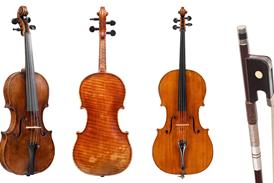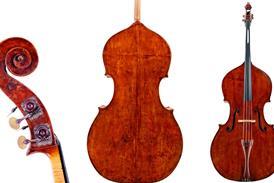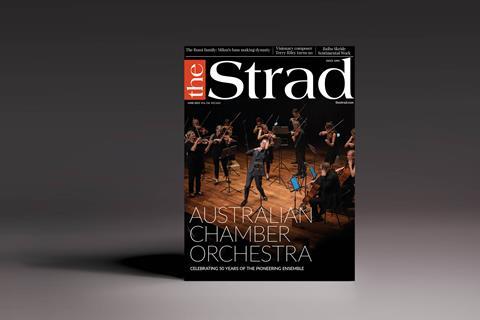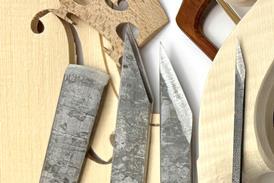- More from navigation items
- Home
- News
- For Subscribers
- Student Hub
- Playing Hub
- Podcast
- Lutherie
- Magazine
- Magazine archive
- Whether you're a player, maker, teacher or enthusiast, you'll find ideas and inspiration from leading artists, teachers and luthiers in our archive which features every issue published since January 2010 - available exclusively to subscribers. View the archive.
- Jobs
- Shop
- Directory
- Contact us
- Subscribe
- School Subscription
- Competitions
- Reviews
- Debate
- Artists
- Accessories
On the borders of greatness

Giuseppe Sgarbi’s instruments have a unique vibrancy and individuality, while still respecting the traditional Cremonese forms. Lorenzo Frignani examines his career, as well as that of his son Antonio, to suggest why his work deserves more recognition than it has in the past
Instruments made by Giuseppe Sgarbi often turn up in workshops and auction houses, and usually display a high degree of skill and accomplishment. They include violins, violas, cellos and double basses, and are inspired by classical Cremonese models such as those of Amati, Stradivari and Andrea Guarneri – but generally his work is very personal. He worked through most of the 19th century, an era when luthiers were not precious about putting elements of their own personality into the models to which they referred; the construction methods and stylistic interpretation remained very much their own. For such an accomplished luthier, it is perhaps surprising how little Sgarbi’s life has been researched, and how few details have come to light. We still have no idea how he became an instrument maker, for instance, nor who he might have apprenticed with. However, it is very possible that his own making style was not only praised in his own lifetime, but even influenced a number of highly regarded makers in his locality. Given he spent much of his career in Finale Emilia, a small county in the province of Modena, this would be an impressive endorsement by his peers…
Already subscribed? Please sign in
Subscribe to continue reading…
We’re delighted that you are enjoying our website. For a limited period, you can try an online subscription to The Strad completely free of charge.
* Issues and supplements are available as both print and digital editions. Online subscribers will only receive access to the digital versions.




























